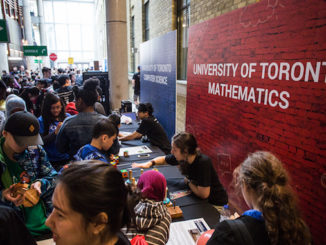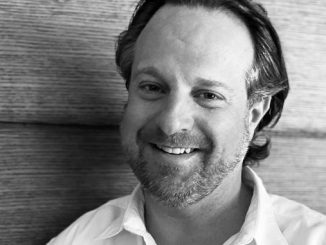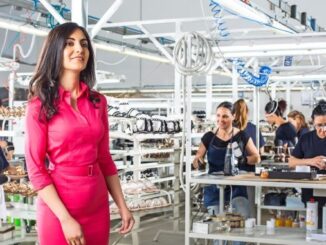The state of the health care system has arguably declined in Canada, particularly Ontario, in recent years. The pandemic highlighted challenges the ageing healthcare system faces; wait times in Emergency rooms hinder access to urgent health care. Scarborough duo, Ann Baek and Kevin Lau have transformed the waiting process in ERs for the betterment of frontline healthcare workers and patients, alike.
Emergency room wait times in Ontario average two hours. From the point of entry to the first assessment with the doctor, patients are likely to complete their visit within four to eight hours, for mild to moderate urgent care, and eight to twenty hours for severe matters and hospital admissions. Eight hours is the target time for patient admission; a quarter of all patients in the emergency room are admitted to the hospital within that time frame.
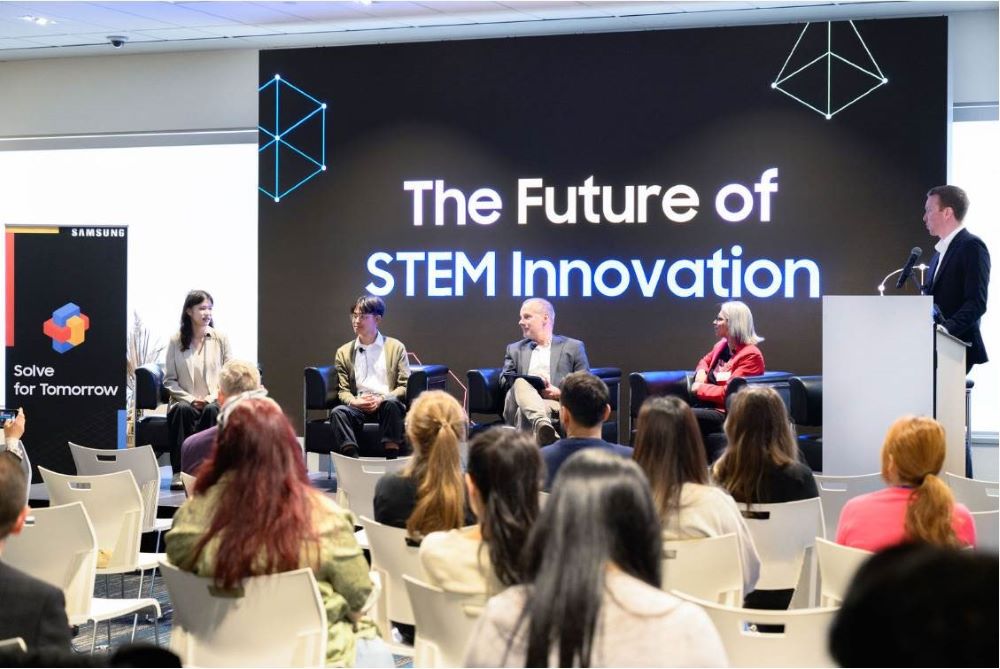
The growing need for effective solutions to offset hospital staffing shortages and enhance patient care were motivating factors for Team Triage Kiosk, composed of Scarborough duo Ann Baek and Kevin Lau. Baek is a fourth-year University of Toronto student; she is in the process of completing her Bachelor of Commerce specializing in Accounting with a focus in Data Science. Lau is a Primary Care Paramedic pursuing an undergraduate degree in Music at the University of Toronto. The duo collaborated as Team Triage Kiosk in Samsung’s Solve for Tomorrow contest, winning the top prize for their enterprising creation – an AI-powered triage kiosk. Samsung’s Solve for Tomorrow is a STEM competition which encourages participants to be inventive about their approach to creating local innovation with a global impact.
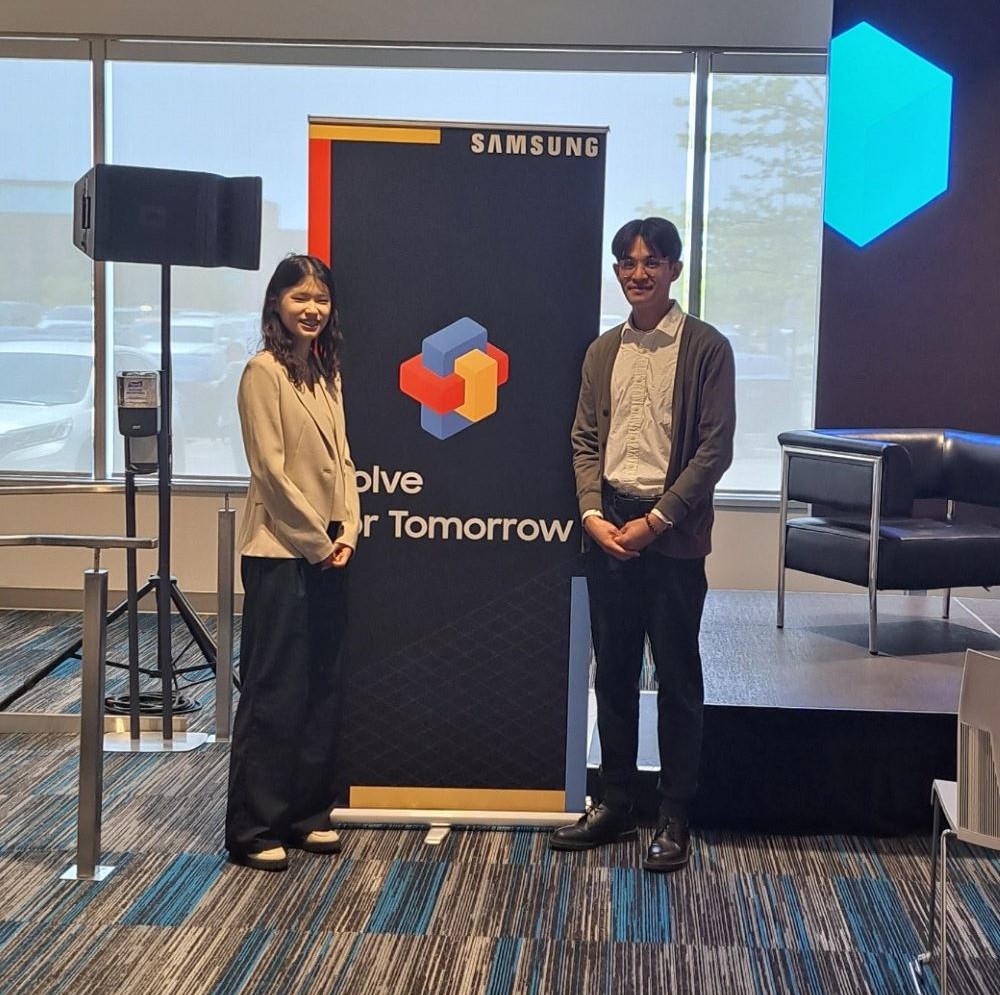
Baek and Lau have utilized cutting edge technology to simplify and expedite patient waitlists and improve the overall experience for hospital staff and patients being triaged. Lau highlights the importance of developing “progressive solutions that will allow for improved allocation of resources, increasing efficiency in our hospital systems”. Baek sees technology as an avenue which can vastly improve quality assurance, “technology is becoming one of the biggest industries in the world today with lots of innovation… The topic of hospital wait times came up as I was discussing my [concussion] experience in the Emergency Room with Kevin [Lau]”. Baek considers this the catalyst moment where Team Triage Kiosk “… thought it would be nice if there was something that could lift the burden off of some staff and also allow patients to be more assured of their treatment”.
Baek and Lau agree the triage kiosk can be an instrumental tool “streamlining the intake patient process”. Lau asserts the goal of the triage kiosk is to “replace duties that do not require clinical oversight with interactive technology”. The triage kiosk could replace tasks including inputting demographic information and asking introductory questions. Baek and Lau are hoping the triage kiosk will one day perform vital signs monitoring and that the process can support paramedics in order to decrease triage and offload delays. Baek believes that with more advances this technology can assist healthcare workers with how they monitor patient conditions.
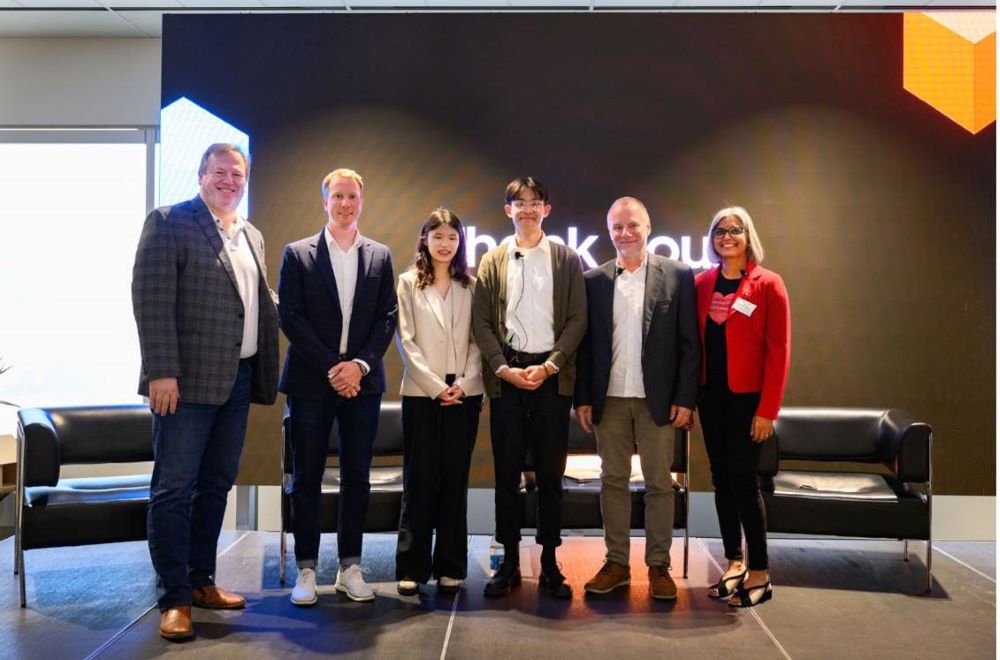
The evolution of society can be found in implementing STEM-based curriculum, according to Lau. Baek concurred with this sentiment highlighting, “STEM-based fields today are one of the fastest growing industries, with many advances even in the past 10 years”. Despite the many benefits, Lau is mindful of the impact of artificial intelligence, offering, “it is important to cultivate discussions regarding the ethics of artificial intelligence. As AI technology advances to exceed certain capabilities for the better, there is also potential in it to do harm. The symptomatology for any given diagnosis uniquely varies from one patient to another. Whether a computer can make life altering clinical decisions based on collected data, or detect nuances in human behaviour remains inconclusive”.
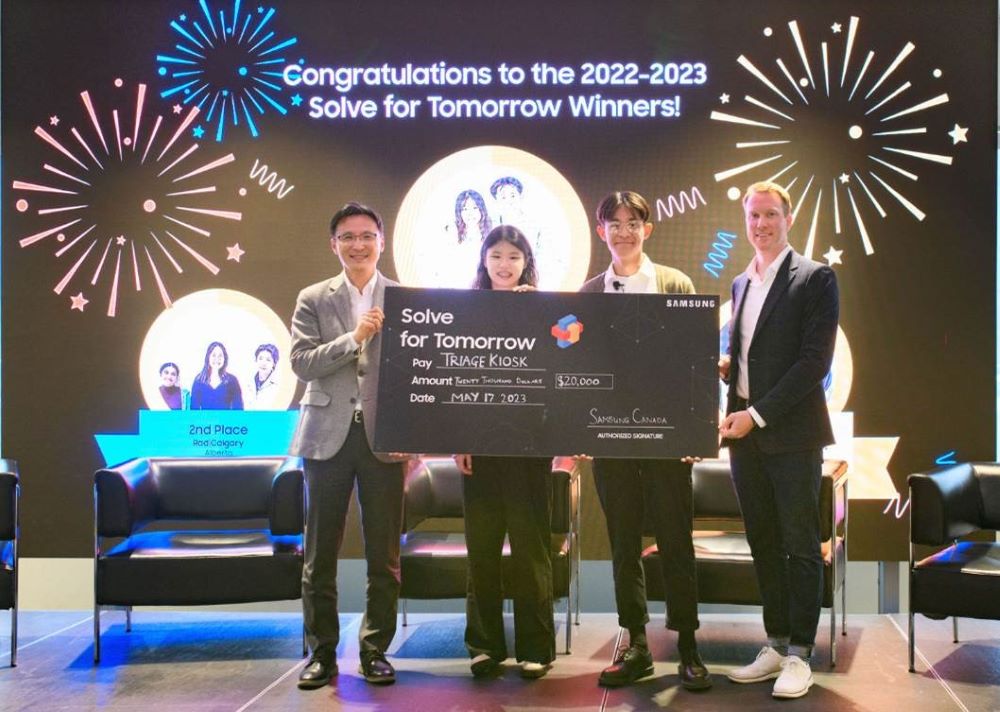
The fields of science, technology, engineering and mathematics often lack diversity, both Baek and Lau believe diversifying STEM-based fields is important as it influences varying perspectives. Baek posits, “diversity fosters innovation by bringing together different perspectives and experiences, ensures that all individuals have equal opportunities to contribute and succeed, and helps address societal challenges by leveraging a broader range of talent and expertise”. Baek considers this incredibly beneficial in healthcare as it helps address disparities in overall health and offers avenues to develop effective best practices.
Baek and Lau are in the early stages of developing the triage kiosk and hope their journey inspires others to see the impact STEM-based innovations can foster.


